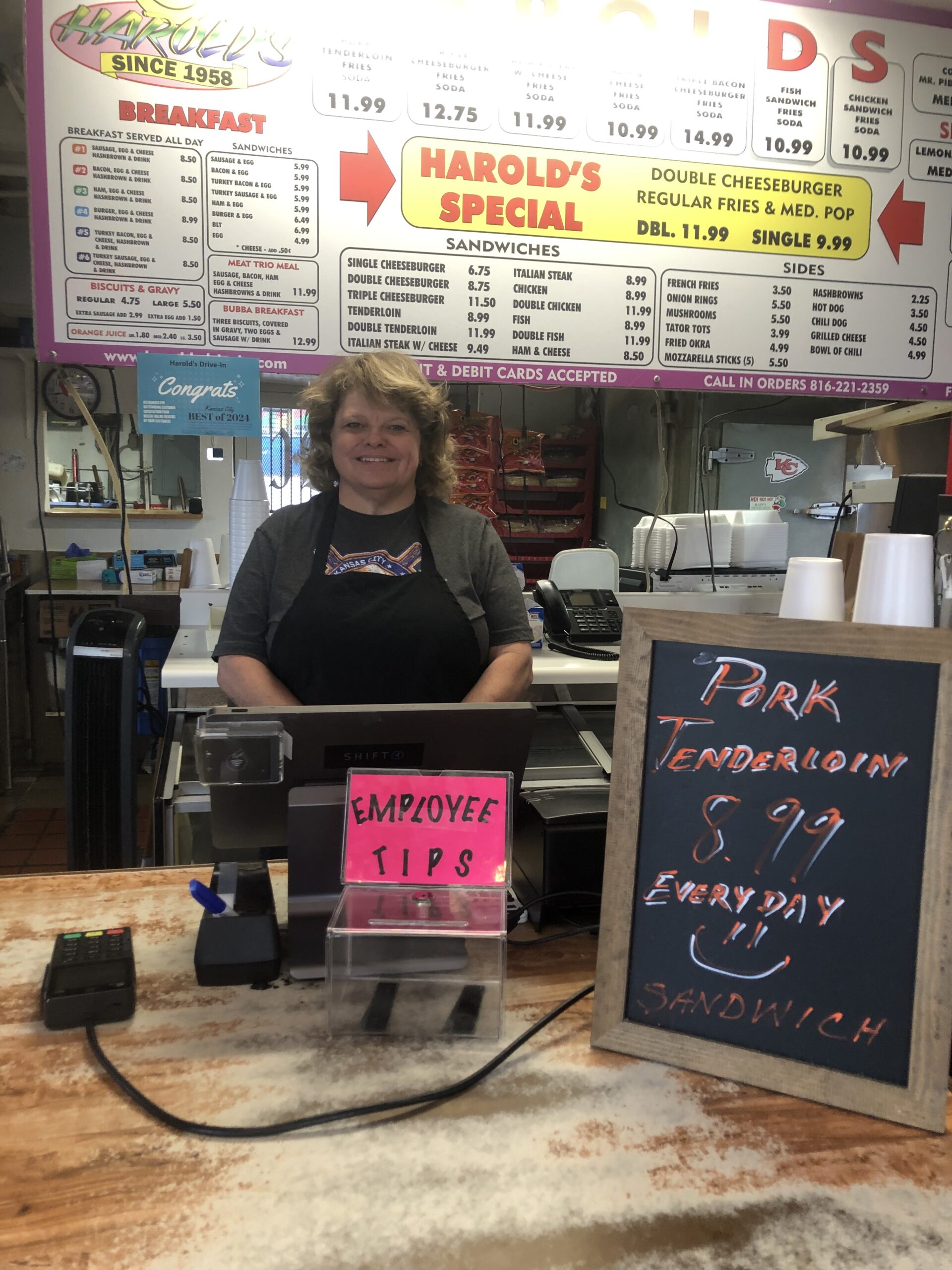By Joe Jarosz
Northeast News
September 23, 2015
Editor’s note: The following is the first in a two-part story on the program, Invest Northeast.
KANSAS CITY, Missouri — In July 2014, city officials and community members representing the Historic Northeast gathered in the Lykins neighborhood to announce a new re-development program, Invest Northeast. Organized by the Northeast Alliance Together (NEAT), this program hoped to bring about change and improvements to the historic neighborhood.
For Invest Northeast, the city leveraged $250,000 in one-time revenues from a prior redevelopment project in the Historic Northeast. The plan included four programs: business training scholarship program providing scholarships for business-related classes to aspiring and current business owners in the Northeast, property tax abatement for home and business owners who renovate their properties, micro-loans between $500 and $50,000, and targeted minor home repair program providing support to eligible homeowners for small, exterior housing repairs.
But what got people most excited was the demolition of abandoned and decrepit homes. At the announcement of Invest Northeast, a demolition of a dangerous building at Seventh and Spruce Streets known for drug use, prostitution and gang-related activity took place. At the time and immediately following the demolition, First District Councilman Scott Wagner said that was the start of a plan to rid Northeast neighborhoods of at least 100 abandoned houses into the next year.
Only four total houses were demolished. So, what happened? Well, Wagner stressed patience, at least when it comes to building demolitions.
“We always pressed for patience because we had intended for this fiscal year [which began May 1, 2015] for when more of those demolitions would take place,” Wager said.
Within the past few months, he added, there has been an effort by parties to look at buildings and inquire about redevelopment and rehabilitation. The undesirable buildings would then be up for demolition discussion. When the city says they’re going to demolish 100 buildings, people expect to see that. However, what wasn’t foreseen, Wagner noted, was someone stepping up and saying they’re interested in some of the buildings.
“Well do we say, sorry, we’re demolishing these houses or do we say, we can save money on the demolition cost, so we should take advantage of that,” Wagner said. “It’s one of the reasons we had a delay because this particular party wasn’t talking about one or two, but in the dozens. There was a delay because there’s been a desire to look through those houses and buildings to see which ones can be salvaged. We’ve been delayed a little bit, but we’re now through it. A final list of 40 properties to be rehabilitated by this party is being identified, so demolitions should be starting soon.”
Wagner said the first request for proposal [RFP] has gone out for the first round of demolitions. The works will be done in various stages, over the next several months. He did caution, however, that when he says work will begin soon, environmental abatement needs to take place first, “otherwise we knock down the house and debris flies into the air.”
“That’ll begin soon,” Wagner said. “I’m confident we will get it done this year.”

















